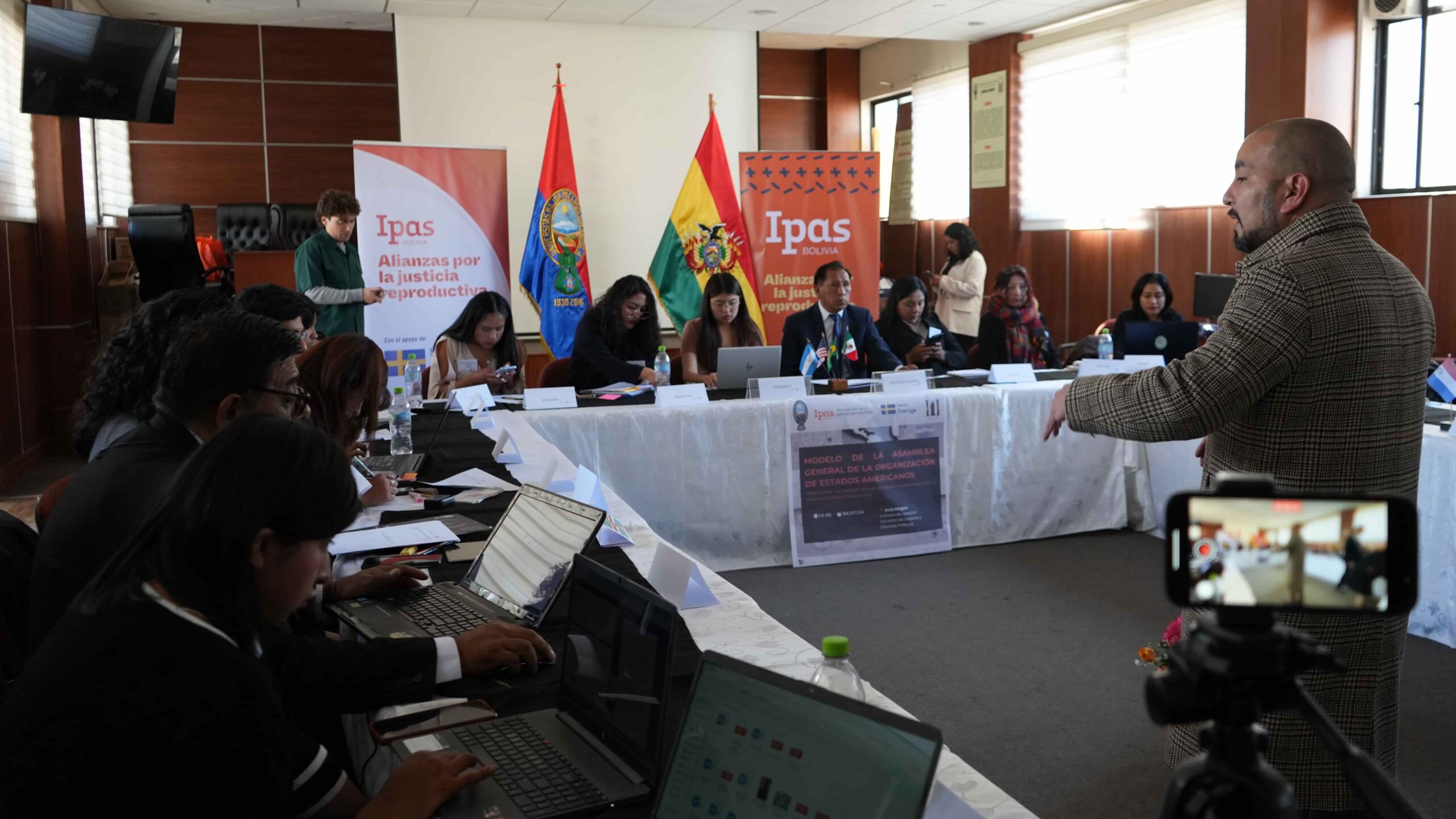La Paz, April 8, 2025 (ANF).- The Bolivian Observatory of Citizen Security and Fight Against Drugs (OBSCD) presented a recent statistical bulletin, revealing a significant decrease in crimes against life during 2024. According to the report, these crimes – which include murders, femicides, homicides, infanticides and parricides – registered a 17.19% decrease compared to 2023, marking the largest reduction in the last five years. However, despite this progress, femicides and homicides continue to represent a serious public security problem that requires greater attention.
According to the data, during 2024 there were 448 reports of crimes against life, compared to 541 the previous year. This reduction, although encouraging, does not hide the persistence of a phenomenon that affects thousands of Bolivian families. The OBSCD highlighted that, although the trend is positive, extreme violence continues to be one of the main challenges for the State, especially in regions with high crime rates.
Preliminary figures, updated through December 2024, reflect an institutional effort to combat these crimes, but also highlight the need to strengthen prevention strategies.
Analysis by category shows that homicides represent the majority of cases, with 59.82% of the total. They are followed by femicides (18.75%) and murders (15.85%), while infanticides (4.69%) and parricides (0.89%) appear less frequently. This distribution reveals that interpersonal and gender-based violence continues to be predominant in Bolivia.
Human rights organizations have stressed that, although common homicides have decreased, femicides maintain an “alarming incidence”, which calls for specific policies to protect women and vulnerable groups.
At the departmental level, Santa Cruz had the highest number of complaints, followed by Cochabamba and La Paz. In contrast, regions such as Pando and Chuquisaca reported significantly lower figures. However, the report highlights worrying disparities: while Santa Cruz experienced a 38.07% reduction in these crimes, Oruro recorded an increase of 36.36%.
These regional differences suggest that security strategies should be adapted to local realities, considering factors such as population density, the presence of criminal networks and access to justice services.
The bulletin also analyzes the monthly evolution of these crimes. In December 2024, 31 reports were registered, representing a decrease of 3.13% compared to November of the same year and a drop of 27.91% compared to December 2023. However, citizen security experts warn that violence does not follow a clear seasonal pattern, so prevention efforts must be maintained throughout the year.
They also stress the importance of investigating whether these decreases are due to effective policies or to external factors, such as changes in crime patterns or underreporting of cases.
One of the most alarming data in the report is the age profile of the victims. The most affected groups are people between 30 and 39 years of age (92 cases) and between 18 and 29 years of age (90 cases). However, of particular concern is the 5.41% increase in victims under the age of 18, reflecting the growing vulnerability of children and adolescents.
Despite the general decrease in crimes against life, femicides maintain an unacceptable incidence, with 84 cases reported in 2024. Feminist groups and human rights defenders have pointed out that these figures show the persistence of a machista culture and the lack of effective application of laws such as Law 348, which seeks to guarantee women a life free of violence. The authorities recognize the challenge, but insist that they are implementing measures such as the creation of specialized prosecutors’ offices and awareness campaigns.
















